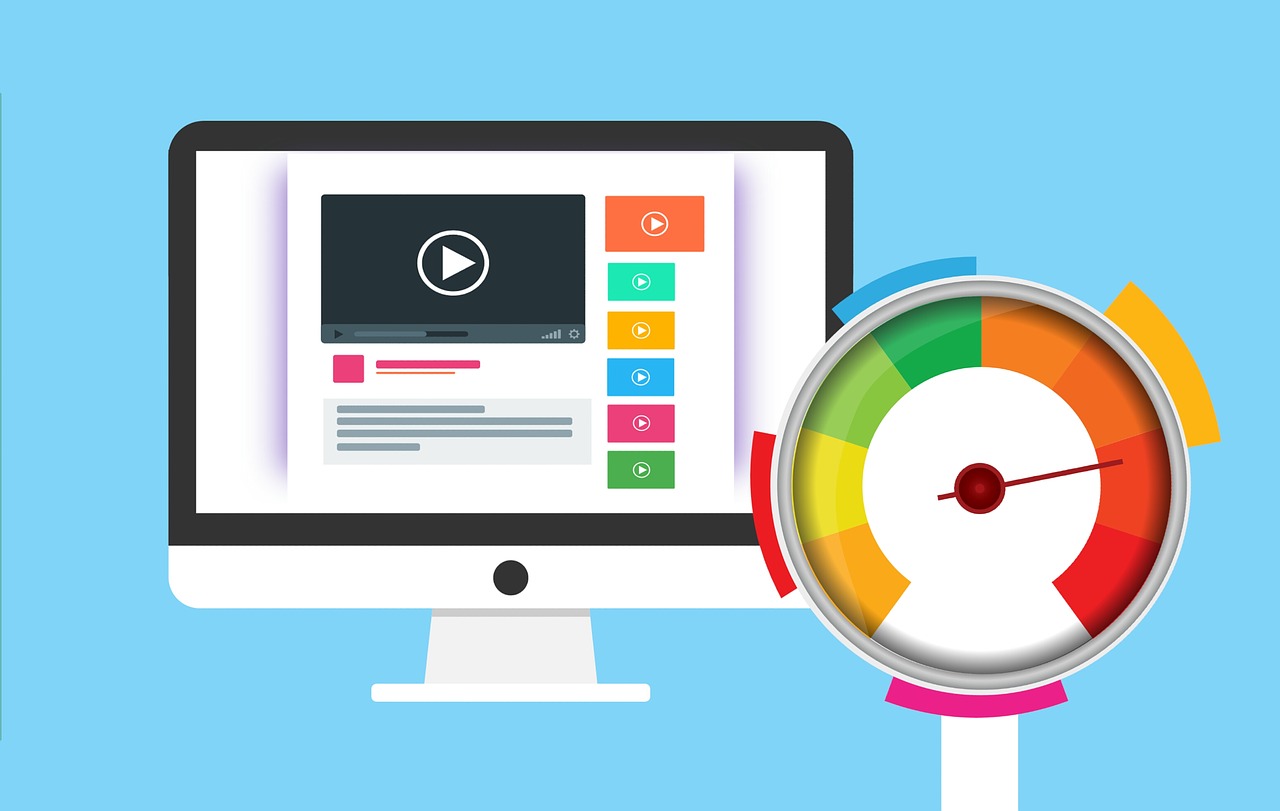
When you’re in a hurry and you need to find the address of a shop in your city, if the website cannot load in a matter of moments, you might abandon the adventure altogether. If you’re trying to find the ideal prom dress, and the images are somehow invisible in the mobile browser, that brand is doomed for that particular purchase and you’re off in search for a new website that sells clothes and that has a fast-loading product page. Slow-loading sites are time-wasters, and no customer has the patience or the curtesy to wait around for more than a few seconds. That’s the world we live and shop in today.
To put things in a perspective any marketer will appreciate, close to 50{ba0a9a3e15355dd97c9749cb9a24ec6f5ef05feff25622efecfa17819de82733} of customers expect a site to load in two seconds or less, which is quite a high bar for some websites that are overloaded with traffic as well as content that simply has no capacity to load that fast. Add to that, one second in delay can cause a 7{ba0a9a3e15355dd97c9749cb9a24ec6f5ef05feff25622efecfa17819de82733} drop in conversions, which in turn can mean thousands of dollars that you didn’t earn. A slow website, in essence, is a profit-killer, and it certainly reduces your chances to inspire customers to return to your store any time soon. Here are a few common culprits that could be slowing down your pages and how you can fix them.
A site overburdened with ads
The practice of creating ad space for famous brands on your website is more than welcome, and it can actually improve user experience when you know which brands to partner up with so that your visitors will benefit from spotting those ads. The more traffic you have, the more appealing you’ll be to other businesses who would like to promote their products on your site.
The dark side of the practice is the burden on your servers, so you need to be careful when posting ads on your site. Finding that perfect balance can be tricky, so that you gain the right exposure, boost profit, but also prevent slowing down your loading times.
Bulky images
The most common culprit for slow loading times and the first checkpoint for any versed developer looking to improve your site speed are your images. When they are not optimized, when they are over-sized for your site to load them properly, they will negatively affect your UX and your speed.
What you can do is test the right image size depending on the type of the screen you’d want that image to load on. Offer several different sizes and file formats to make sure that each device can pull information from the image that will ensure the best experience for the user, ensuring image quality and loading speed at the same time.
Poor choice of hosting
Some websites have spotless codes, their images are optimized, and they’ve found that sweet spot for ads and media files to ensure a mesmerizing browsing experience for their users. And still, they might be loading too slowly to keep most of their visitors interested. The most likely culprit? Your hosting provider. Particularly for businesses targeting competitive markets such as Australia, you need a provider that ensures not just a speedy and safe service, but one that is optimized for that particular local audience.
Look for reputable web hosting in Australia when you want to impress your Australian target market, so that they can load the site without delays and issues no matter the device in question. Plus, if you ever do encounter an issue, you want a hosting provider that is ready to give you the help and support you need to get your website back on track in no time.
Missing out on CDN perks
Unlike businesses that serve a single region or that have one dominant audience, sites that receive visitors from several different geographic locations could find themselves in quite a pickle when it comes to providing optimal UX and loading speed. In such situations, using content delivery networks (CDN for short) is a useful and simple way to circumvent the issue and optimize your loading speed for different locations.
When you deploy CDN as a part of your strategy, you provide a multitude of independent servers in a range of different locations. When a user shows up, the network provides the nearest server as the primary response to ensure the highest possible loading speed and the finest user experience, too.
Your code is messy
Web development and design come in a wide range of nuanced forms, and depending on your developers, you will encounter a different code behind the site. However, some golden rules of good coding mean that you should ensure your developers use best practices to keep your code clean and short, to make it easier to load.
Too many unneeded code elements, spacing, and other coding missteps can lead to a slow website experience. Use minification to refine your code so that your website can load more effectively and without delays.
Without a doubt, loading speed is one of those factors that can make or break your website’s experience and its profitability. To make sure that your site is optimized inside and out, use these as your key reference points to make sure your bases are covered, and of course, follow industry-specific best practices in web development to provide a stellar user experience.


